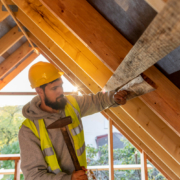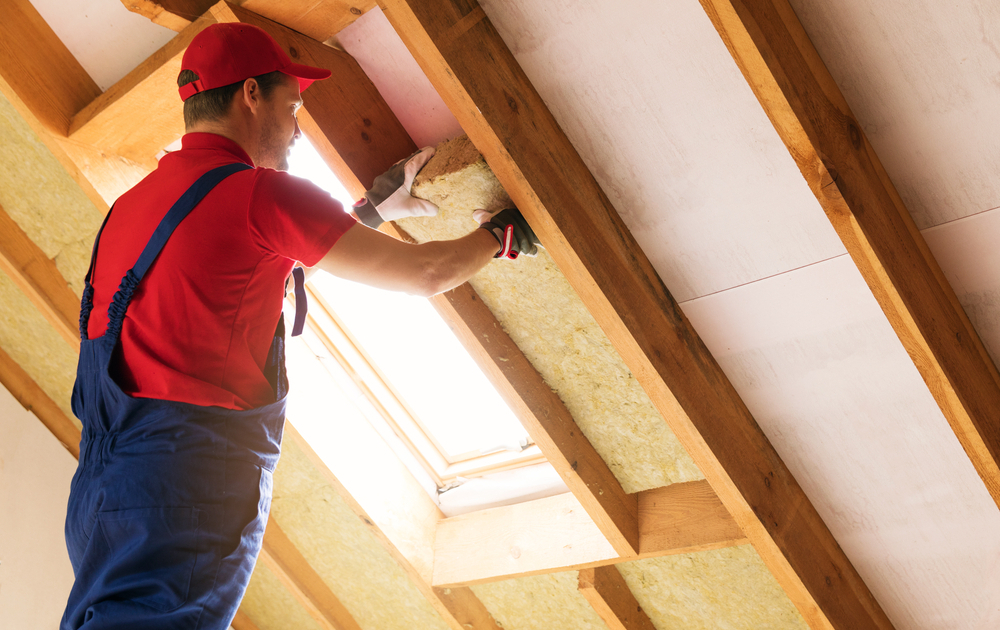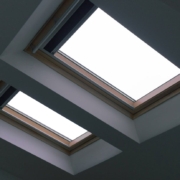Is Your Roof Ventilation Proper? Learn the Different Types
Good roof ventilation is one of the most important yet overlooked parts of home maintenance. In Edmonton’s climate, where seasonal extremes are common, having proper attic airflow is essential. Without it, you could face higher energy costs, roof damage, or even indoor air quality problems. A proper home inspection, including a thorough construction inspection and a certified WETT inspection Edmonton, can help you evaluate and correct roof ventilation issues before they cause long-term damage.
Why Roof Ventilation Matters
Roof ventilation works by allowing cool, fresh air to enter the attic while letting hot, stale air escape. This airflow helps regulate indoor temperature, reduce moisture buildup, and extend the life of roofing materials. Without it, the attic can become too hot in summer or trap moisture during the winter.
In colder months, improper ventilation often leads to ice dam formation. Warm air from the living space rises and melts the snow on the roof, which then refreezes near the edges. Ice dams can cause water to back up under the shingles and lead to significant leaks or mold growth.
A well-executed construction inspection often includes a full evaluation of attic ventilation. This ensures that both intake and exhaust systems are working as intended and are not blocked by insulation, dirt, or pests.
Common Types of Roof Vents
Understanding the types of roof vents used in homes helps you recognize how air moves through your attic. Each type serves a different role and works best when combined with a balanced system of intake and exhaust.
Ridge Vents
Ridge vents are installed along the peak of the roof. They allow warm air to escape from the attic’s highest point. When paired with soffit vents, they create a continuous airflow that is both effective and energy-efficient.
Soffit Vents
Soffit vents are installed beneath the eaves. They bring fresh air into the attic and are essential to keep the airflow balanced. If soffit vents are blocked or missing, ridge or other exhaust vents cannot work properly.
Gable Vents
Gable vents are placed on the sides of a home’s attic walls. They allow cross ventilation but are often used in combination with other types for better coverage. They can be visually appealing, but alone, they may not provide complete airflow.
Turbine Vents
Also known as whirlybirds, turbine vents use wind power to spin and pull air out of the attic. They are highly effective when wind speeds are consistent, though they may wear down over time and require replacement.
Static Vents (Box Vents)
Static vents are small, non-mechanical vents placed evenly near the ridge of the roof. These allow hot air to escape passively. When used with soffit vents, they form a simple and functional system suitable for many homes.
A construction inspection will assess whether your roof has the right type and number of vents for its size and design. It will also ensure that there are no obstructions blocking airflow and that the system is balanced.
Signs of Poor Roof Ventilation
Many homeowners are unaware of ventilation issues until major problems arise. If you experience hot upper floors in summer or notice frost in the attic during winter, ventilation might be lacking.
Other warning signs include:
- Ice damming on the roof
- Mold or mildew in the attic
- Warped or curling shingles
- High energy bills from overworked heating or cooling systems
These issues are often identified during a construction inspection. Addressing them early can help you avoid thousands of dollars in roof or interior repairs.
Ventilation and Indoor Air Safety
Proper ventilation also affects the air quality inside your home. Inadequate airflow allows moisture to accumulate, which leads to mold and poor air circulation. In homes with wood-burning appliances, such as fireplaces or stoves, airflow becomes even more critical.
A WETT inspection Edmonton focuses specifically on these systems, ensuring that they are installed correctly and safely. It examines chimney structure, combustible clearances, venting systems, and compliance with fire codes. When ventilation is poor, backdrafting can occur, which allows smoke or carbon monoxide to re-enter the home.
Pairing a WETT inspection Edmonton with your home inspection ensures that both structural and fire safety concerns are addressed together.
When to Schedule a Ventilation Assessment
Roof ventilation should be evaluated during the following times:
- Before buying or selling a home
- Before or after a major roofing job
- As part of a regular maintenance schedule, every few years
- After noticing ice dams, moisture, or high heating/cooling bills
A construction inspection during any of these times will identify issues related to roof ventilation, insulation, and airflow. If you have wood-burning systems, adding a WETT inspection Edmonton gives you a more complete understanding of your home’s safety and compliance.
How Inspectors Evaluate Ventilation
During a construction inspection, professionals will:
- Check the type and quantity of vents installed
- Look for blocked soffit vents or missing components
- Use thermal imaging to detect trapped heat or cold zones
- Evaluate how insulation interacts with airflow
For homes that also undergo a WETT inspection Edmonton, the inspector will assess how the air pressure in the home interacts with stoves and fireplaces. This can help identify conditions that might cause unsafe air flow or incomplete combustion.
Both inspections together provide homeowners with actionable insights into improving energy efficiency, extending roof lifespan, and reducing fire risk.
Benefits of Correcting Ventilation Problems
Improving attic ventilation leads to a wide range of benefits, including:
- Lower utility bills
- Increased comfort in the upper levels of the home
- Longer shingle and roof life
- Reduced likelihood of mold and rot
- Better indoor air quality
- Enhanced safety when paired with wood-burning systems
These advantages make it clear why a construction inspection is so valuable, not just for identifying current issues, but for preventing future damage. Adding a WETT inspection Edmonton creates a more thorough assessment, especially in homes with older chimneys or stoves.
Conclusion
Roof ventilation plays a major role in the health, efficiency, and safety of your home. It is often easy to overlook problems until they become expensive. Knowing the different types of vents and how they should work together helps you make informed decisions about repairs or upgrades.
A professional construction inspection evaluates your attic’s ventilation performance and identifies areas needing improvement. When wood-burning appliances are present, adding a WETT inspection Edmonton ensures that your chimney and ventilation systems are working in harmony.
In Edmonton’s climate, where the stakes are high for both heat loss and moisture buildup, these inspections offer peace of mind and help protect your investment. If you’re unsure about your roof’s ventilation system, now is the right time to find out, before a small problem becomes a major one.







Leave a Reply
Want to join the discussion?Feel free to contribute!